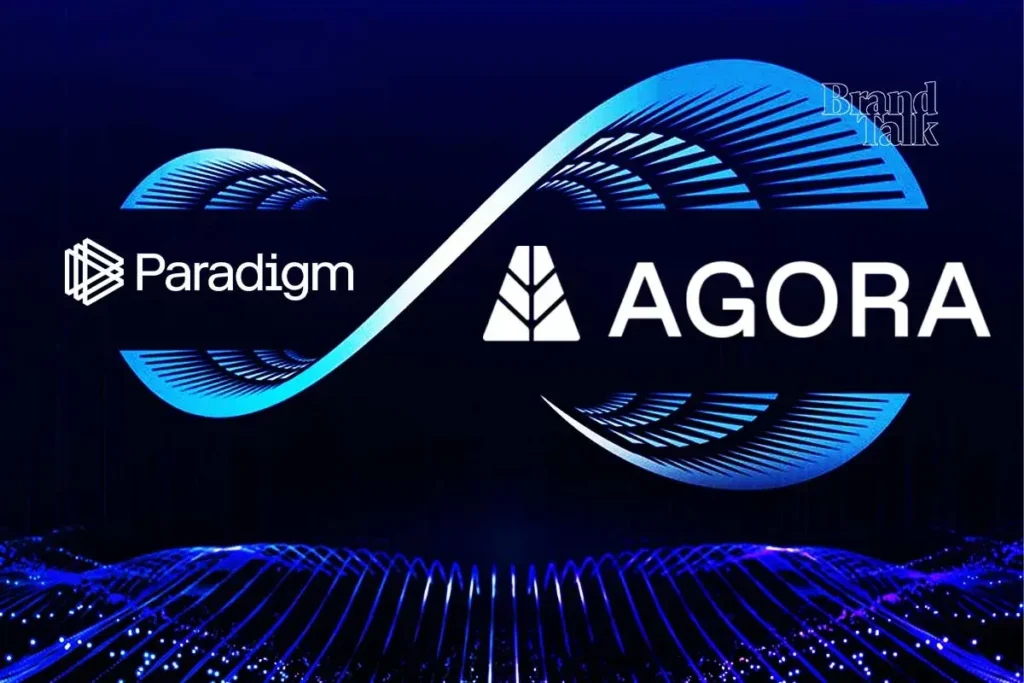The Rising Significance of Stablecoins in Finance
Stablecoins, with an impressive market cap exceeding $257 billion, have transitioned from niche assets to crucial elements in both DeFi (Decentralized Finance) and TradeFi (Traditional Finance) landscapes. These dollar-pegged digital assets are increasingly being adopted and issued by major financial players, including JP Morgan, Ant Group, Standard Chartered, and BBVA, paving the way for a new era of financial transactions. By 2025, expectations suggest that numerous other institutions will follow suit in issuing their own stablecoins, reflecting the growing trust and usage of these digital currencies.
One notable startup gaining traction in this sector is Agora, which recently secured a $50 million funding round to bolster its stablecoin infrastructure. This funding, led by Paradigm with support from Dragonfly, was finalized on June 10. Agora aims to simplify stablecoin creation and management through its innovative platform, which previews an exciting future for businesses eager to leverage this robust financial tool. Founded in 2023 by Nick van Eck, CEO, this endeavor reflects both revolutionary technology and a strong lineage, as Nick is the son of Jan van Eck, founder of VanEck asset management.
At the heart of Agora’s offering is AUSD, its flagship stablecoin. Fully reserved and pegged 1:1 to USD, AUSD is backed by a mix of cash, U.S. Treasuries, and repo agreements, ensuring a solid foundation. Custodied by State Street and managed by VanEck, AUSD is currently operational across more than 13 blockchains, including Ethereum, Solana, and Polygon. This multi-chain utility facilitates payments, trading, lending, and even cross-border remittances, establishing AUSD as a reliable asset in various financial scenarios.
Moreover, Agora has introduced a unique white-label solution, enabling enterprises to launch their own branded stablecoins in just days. This service not only grants control over yield and revenue sharing to clients, but also manages compliance and licensing requirements seamlessly. With a dedicated dashboard for tracking data, Agora’s initiative aims to create an ecosystem where fintech companies, exchanges, and enterprises can effortlessly integrate their own stablecoin offerings. As articulated in their recent updates, Agora seeks to democratize stablecoin access for various sectors, enhancing revenue opportunities and strategic differentiation.
As demand for custom stablecoin solutions skyrockets, experts anticipate that at least ten new stablecoins will debut this year alone. Partnerships between established financial institutions and crypto innovators are driving this trend, with significant entries expected from banks such as Société Générale and Standard Chartered. Notably, recent trends indicate that the anticipated number of new stablecoin launches is likely to exceed initial forecasts due to increasing interest and collaboration within the sector.
The venture capital landscape has also responded positively, with substantial investments in stablecoin-related startups observed in the first half of 2025. Notably, stablecoin and payment startups accounted for over 7.5% of all crypto VC deals during Q1, surpassing previous benchmarks from 2021. This upward trajectory continued into Q2, with sustained momentum indicating that interest in stablecoins will persist through Q3 and beyond. Regulatory developments, too, have bolstered this growth, with the passage of the GENIUS Act allowing private firms to issue fully backed payment stablecoins under rigorous guidelines—marking a significant step towards legitimizing stablecoins within traditional financial frameworks.
In conclusion, the landscape for stablecoins is rapidly evolving, marking a significant milestone for both DeFi and TradFi ecosystems. With increasing institutional backing, enhanced regulatory frameworks, and innovative solutions like Agora’s white-label offerings, the future of stablecoins appears bright. As businesses and financial entities race to launch their proprietary stablecoin solutions, the integration of these digital assets into everyday transactions and operations could fundamentally reshape how value is transferred and managed across the global economy. Embracing these developments could be paramount for organizations aiming to stay ahead in the rapidly digitizing world of finance.


